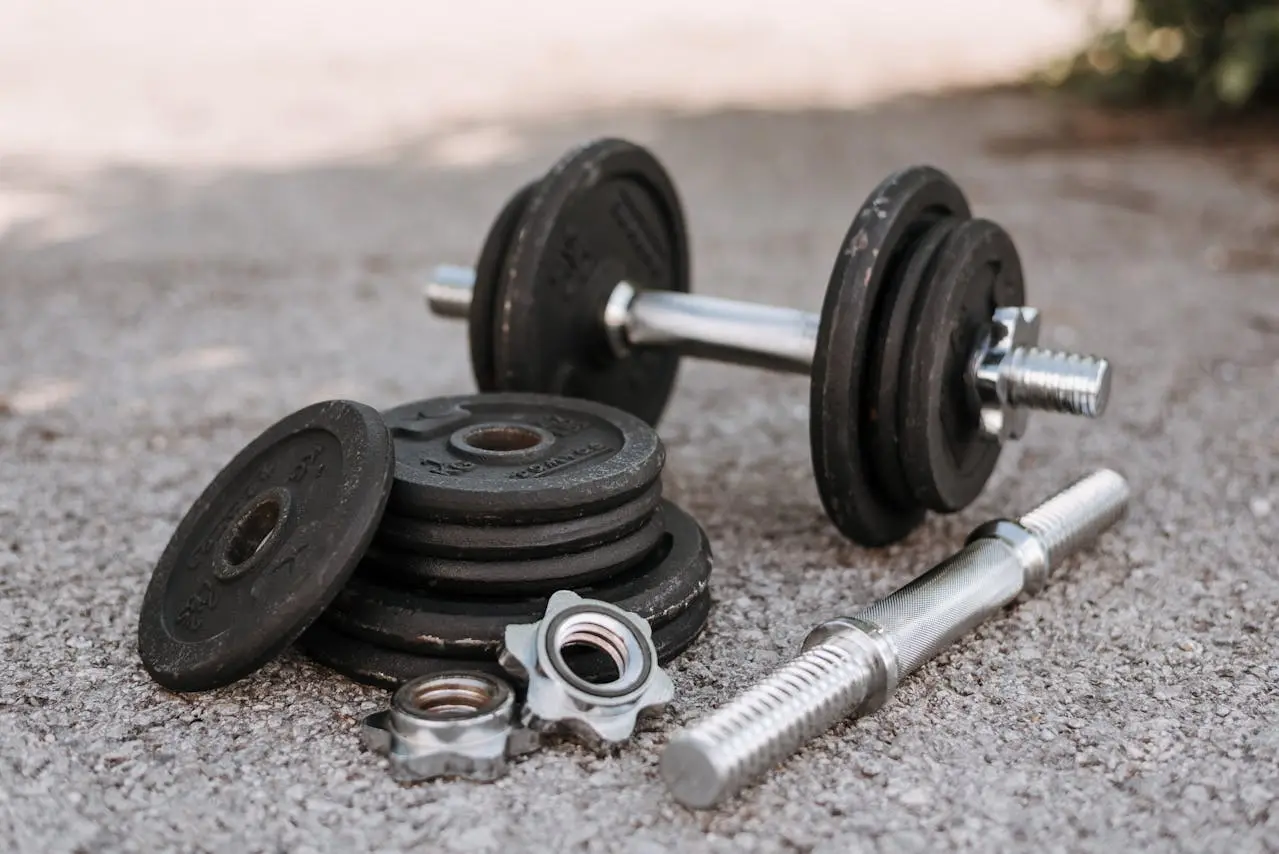
Adjustable dumbbells are among the most versatile pieces of equipment in any fitness enthusiast’s toolkit. Perfect for home gyms or those short on space, adjustable dumbbells offer a range of weights in one compact design, making them ideal for a variety of workouts. But how can these adaptable weights be used to maximize their potential?
This quick guide dives into how to use adjustable dumbbells effectively to build strength, increase endurance, and make gains like a pro.
1. Understand the Mechanics
Adjustable dumbbells typically allow you to change weights through a dial or pin mechanism. Before starting your workout, ensure you’re comfortable with how your specific dumbbell model operates. Take a few moments to practice changing weights smoothly. This will save time between exercises, helping you maintain the flow of your workout.
2. Warm-Up Wisely
Even though adjustable dumbbells let you go heavy, skipping a warm-up isn’t advisable. Begin with lighter weights to increase blood flow and loosen up joints and muscles. Start with basic moves like bicep curls, shoulder presses, or bodyweight exercises to prep for more intense work. A good warm-up primes muscles and improves your range of motion, reducing the chance of injury. Don’t forget your lifting straps for this part!
3. Incorporate Compound Movements
For a more efficient workout, focus on compound movements that target multiple muscle groups simultaneously. Exercises like squats, lunges, and deadlifts work the legs, core, and back, while bench presses and rows engage the chest, shoulders, and arms. Compound movements build strength and burn more calories compared to isolating single muscle groups.
Tip: Adjust the weights according to the intensity of the movement—start lighter on complex, full-body exercises and increase weight gradually as you perfect your form.
4. Use Progressive Overload
To make consistent progress, incorporate the principle of progressive overload, which means gradually increasing the weight or reps over time. With adjustable dumbbells, it’s easy to do this by slightly increasing the weight each week or every other workout. This constant challenge keeps muscles adapting and prevents plateaus.
5. Alternate Upper and Lower Body Exercises
By alternating exercises between upper and lower body, you allow one muscle group to recover while the other works. This “superset” approach saves time and maintains a high workout intensity, ideal for strength building and cardiovascular fitness. For instance, try pairing a set of dumbbell squats with shoulder presses, or lunges with bicep curls.
6. Focus on Form, Not Just Weight
The effectiveness of any workout relies heavily on maintaining proper form. Going too heavy too soon can lead to compromised technique and potential injury. Always prioritize form over the amount of weight lifted, especially with adjustable dumbbells that can quickly escalate in load. Pay attention to joint alignment, core stability, and breathing to ensure each rep is safe and effective.
7. Experiment with Different Styles of Training
Adjustable dumbbells support a variety of training styles, from strength training and hypertrophy (muscle growth) to high-intensity interval training (HIIT). For strength, choose heavier weights with fewer reps (4-6 per set). For muscle growth, moderate weights and 8-12 reps per set work well. For endurance, use lighter weights with higher reps (15-20) or incorporate them into HIIT circuits for a metabolic boost.
8. Cool Down and Stretch
Concluding a workout with a cool-down and some stretching helps prevent soreness and improves flexibility. Focus on stretching each muscle group you worked with your dumbbells, holding each stretch for 20-30 seconds. This not only aids recovery but also helps increase your range of motion, which can improve form and performance over time.
9. Stay Consistent
Consistency is key to seeing results with adjustable dumbbells. Building a habit of working out regularly, even if it’s just a few times per week, will deliver noticeable results over time. Try following a structured program that gradually increases in intensity and variety.
Final Thoughts
Adjustable dumbbells are a powerful tool for anyone looking to work out from home or supplement their gym routine. By understanding the mechanics, focusing on form, and using progressive overload, these versatile weights can unlock a wealth of fitness benefits. Whether aiming for strength, endurance, or muscle growth, a consistent approach with adjustable dumbbells will help reach those goals effectively.



